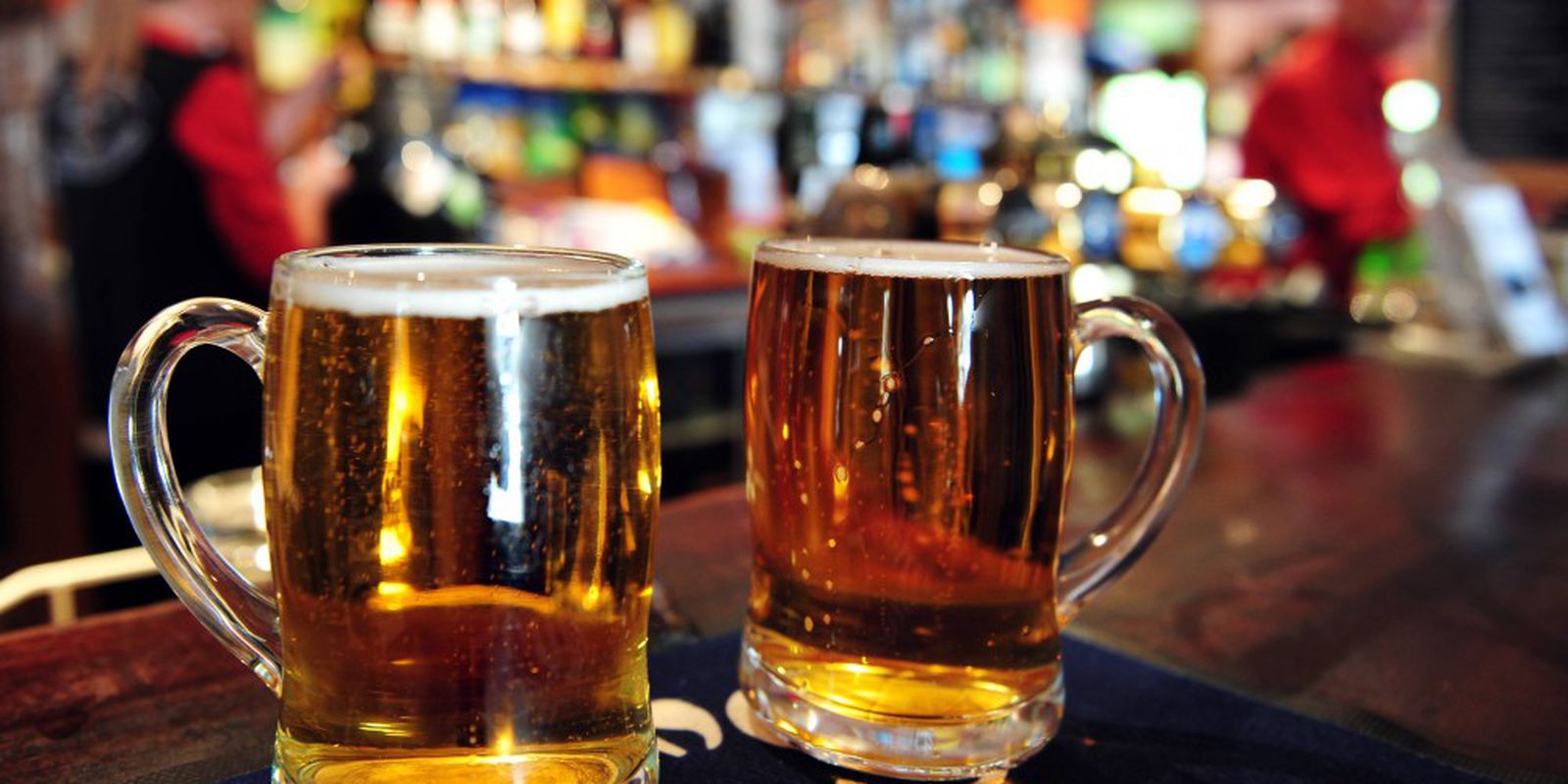Every hour about two women died due to the harmful use of alcohol in 2020. In all, 15,490 Brazilians lost their lives for reasons attributed to alcohol that year. The most affected age group was women aged 55 and over (70.9%), followed by 35 to 54 years (19.3%), 18 to 34 years (7.3%) and 0 to 17 years (2.5%). The data are part of an unprecedented study, released this week by the Information Center on Health and Alcohol (Cisa) to mark the National Day to Combat Alcoholism, celebrated today (18).
According to the survey, the main causes of these deaths were hypertensive heart disease (15.5%), liver cirrhosis (10.4%), lower respiratory diseases (8.7%) and colorectal cancer (7.3%).
Alcohol abuse by Brazilian women increased by 4.25% from 2010 to 2020. The trend was recorded in 12 state capitals and the Federal District. The biggest increases in consumption were verified in Curitiba (8.03%), São Paulo (7.34%) and Goiânia (6.72%). The survey is carried out by Cisa, with data from Datusus 2021.
By abusive consumption it is considered the ingestion of four or more doses, for women, or five or more doses, for men, in the same day. The most significant increase was observed among women, from 7.8% in 2006 to 16% in 2020. The center considers that a standard dose corresponds to 14g of pure ethanol in the Brazilian context. This corresponds to 350ml of beer (5% alcohol), 150ml of wine (12% alcohol) or 45ml of distillate (such as vodka, cachaça and tequila, with approximately 40% alcohol).
According to the World Health Organization (WHO), alcohol consumption can cause more than 200 diseases and injuries. It is associated with the risk of developing health problems such as mental and behavioral disorders, including alcohol dependence, serious illnesses such as liver cirrhosis, some types of cancer and cardiovascular disease, as well as injuries resulting from violence and traffic accidents. Worldwide, 3 million deaths per year result from the harmful use of alcohol, accounting for 5.3% of all deaths.
abusive consumption
The dangers of harmful alcohol consumption affect men and women differently. According to the president of the Brazilian Association for the Study of Alcohol and Other Drugs (Abead), Alessandra Diehl, women are predisposed to clinical and psychological illness more quickly than men.
“One of the issues there is biological vulnerability,” he said, in an interview with Brazil Agency. The psychiatrist explained that women have a lower concentration of enzymes that metabolize alcohol, which makes it more toxic to the female body than to the male. According to Alessandra, women, sometimes with less time of chronic alcohol use than men, already have more damage to health, such as hepatitis, cirrhosis and aging.
According to the psychiatrist and president of Cisa, Arthur Guerra, the effects of alcohol consumption among women can also vary according to the menstrual cycle, pregnancy and breastfeeding. In addition, they are impacted by social factors, such as motherhood and participation in the labor market.
“Another point is that women end up having other hormonal influences, such as the menstrual cycle, for example, which end up affecting alcohol consumption as well. Some of them, during the premenstrual phase, the famous PMS, become more sensitive and will use alcohol as if it were a medicine to alleviate the symptoms”, explained the doctor.
For sociologist Mariana Thibes, coordinator of Cisa, the increase in alcohol consumption has a cultural component.
“Women are drinking more and this is an important cultural shift that has taken place over the last decade. It probably has to do with their greater presence in the job market, I think this is the most important factor. The woman is in the same spaces as the men, so she goes out for a happy hour with her male colleagues and why is she going to consume less alcohol?”, he questioned.
According to Mariana, the accumulation of hours is also relevant to the increase in alcohol abuse among women.
“The accumulation of work inside the house, outside the house, taking care of the children, the profession, the housework. This increase in pressure ends up leading many women to look to alcohol for a kind of resource to relax. During the pandemic, we saw the hashtag #winemom went viral, with many mothers posting photos with a glass of wine at the end of the day, as a kind of reward after that hard day of accumulation. This stress that women have come to suffer in recent years can also help explain the increase in alcohol abuse, ”she said.
minors
According to the National School Health Survey (PeNSE), carried out by the Brazilian Institute of Geography and Statistics (IBGE) with students aged 13 to 17, trying alcoholic beverages increased from 52.9% in 2012 to 63.2 % in 2019. The increase, in the period, was more intense among girls (from 55% to 67.4%) than among boys (from 50.4% to 58.8%).
Excessive alcohol consumption has also increased. It went from 19% in 2009 to 26.2% in 2019 among male students and from 20.6% to 25.5% among adolescent girls. Experimentation with or exposure to drug use grew in a decade. It went from 8.2% in 2009 to 12.1% in 2019.
The president of Abead, Alessandra Diehl, warns that initiation into alcohol is occurring increasingly earlier, on average at 13 years of age, with 34.6% of students taking their first dose of alcohol under the age of 14. “There is a prevalence of young girls starting to drink alcohol,” she said.
Alcoholism
Unlike alcohol abuse, dependence is considered a disease by the World Health Organization. According to sociologist Mariana Thibes, “in general, it takes a decade to move from the stage of abusive consumption to dependence”.
This type of addiction is considered chronic and multifactorial. This means that several factors contribute to its development, including the amount and frequency of alcohol use, the individual’s health condition and genetic, psychosocial and environmental factors, typically associated with the following symptoms:
– Strong desire to drink
– Difficulty controlling drinking (not being able to stop drinking after starting)
– Continued use despite negative consequences, higher priority given to substance use over other activities and obligations
– Increased tolerance (need for higher doses of alcohol to achieve the same effect obtained with previously lower doses or less and less effect with the same dose of the substance)
– Sometimes a state of physical withdrawal (symptoms such as sweating, shakiness and anxiety when the person is without alcohol).
















